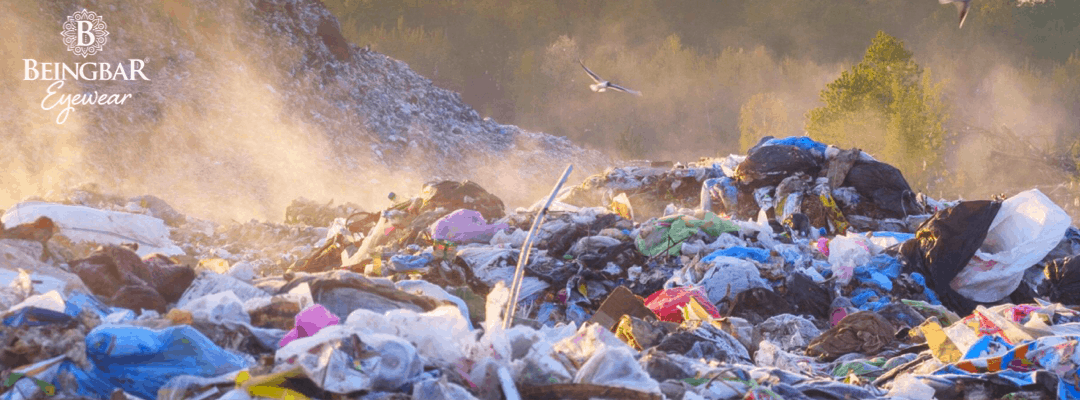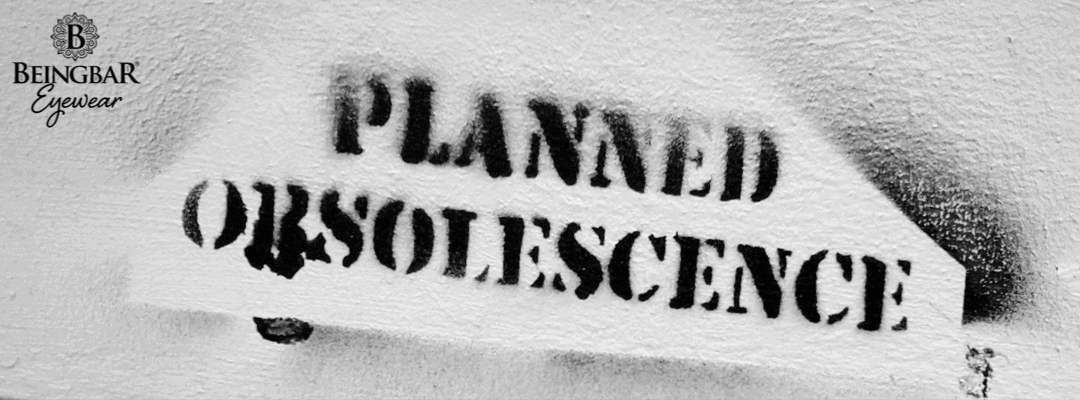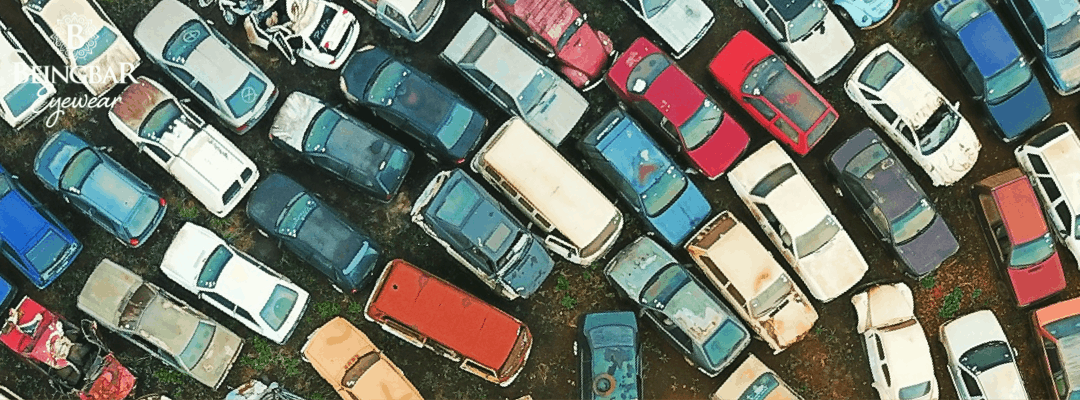Made to last
As you know by now we pride ourselves on creating eco-friendly products. We do that for instance by limiting the use of plastics and using materials like fast growing bamboo and wood to create our fashion accessories and sunglasses. We have discussed this at length right here in this blog and on our website. But today I would like to discuss something about an aspect of sustainability that receives less attention. Although it deserves a lot more love...
Designed to fail
Why am I mentioning this?
Because more and more products seem to be manufactured or designed to be replaced fast. Things break or stop working (properly) before you would expect them to. And sometimes this appears to be by design. I know, this does not make sense from a consumer point of view. But think about it!

Engineered to not last. The opposite of sustainability
New models or technology to replace
Products that are not meant to last and that are not durable at all... It is difficult to find actual prove of this, because companies who have this strategy will never openly discuss it. But more consumers become aware of the fact that the products they buy do not last as long as they used to or are becoming obsolete faster. Sometimes due to replacement, because of the quick introduction of new models or new technology that is intended to replace it.
My guess is that you too have had a feeling or even a conversation recently about something you bought just months ago that broke. And more specifically about the fact that it broke while you didn't expect it to break just yet. Sometimes the products you buy really were designed to fail. On purpose! This is an actual thing, not a conspiracy theory.
Planned Obsolescence
The is even an official term for this: "Planned Obsolescence". It is a policy of designing a product with an artificially limited lifespan. In other words: it is designed to break or become obsolete before the natural lifespan is over. To force you into buying again and again. Some companies make this a deliberate company strategy to force consumers to buy and rebuy in a shorter cycle.

Planned Obsolescence means products are designed to be replaced
Examples of planned obsolescence
There are several ways how greedy companies this. Here I mention the most common techniques.
Programmed to fail
Tech products, for instance, may be programmed to not work properly after a while, like a phone that does not charge properly anymore. The software is designed to throttle the product's performance.
Supported until replaced
A product sometimes is no longer supported by the manufacturer. And surprisingly fast after the product introduction! Which means it cannot be replaced, repaired or cannot operate properly anymore. An example is a PC that does not run newer software version anymore. Or a power tool that simply requires a new battery pack, but which is not available anymore.
Repair discouraged
There is another category of planned obsolescence, where repair is actively discouraged so the user has no other choice than to replace it (or have it fixed by the manufacturer, often for an artificially high price which sometimes is done to discourage repair completely and force the customer to buy a new one. My personal experience here is that I cannot simply replace the lightbulb in my car. I need to take it to the shop to have it done for me for a ridiculous price.

New models are introduced fast, to artificially stimulate new purchases
What companies can do this?
Companies can more easily implement these techniques when it is difficult to switch to other brands or manufacturers. For instance, you might have all your data stored with one specific brand of smart phone when it stops working or starts slowing down. Or you are used to a type of coffee capsules when the coffee machine start leaking (again).
The real cost of these techniques
These brands and manufacturers walk a thin line because consumers are more aware of manipulative techniques of greedy corporations like the ones described above. And besides the monetary cost of these practices, people are more aware of the side effects this has.
Environmental impact
Besides this being manipulative and in my opinion just wrong from a consumer perspective, it has another terrible side effect. Because what happens to all these products that should be still working or being used? Yes, more replacement means that more products end up in the trash. And then a landfill or incinerator. If the management of a company is wicked enough to do this to the consumers that keep their company alive by their repeat purchases, chances are that they also do not consider our environment too much.
Power of you as consumer
So, you might wonder if there is nothing that can be done against these practices. The first thing of course is the power that you have as a consumer. If you believe a certain brand or manufacturer does such a thing, you can vote with your wallet. And you can spend the next couple of parties telling your friends what happened to you and your product (not too long though, or they will stop inviting you).

You as consumer have the power. Vote with your conscious choice of eyewear
Government regulation
But also governments are starting to wake up. In the European Union, for instance, a product needs to be repaired or replaced as long as the product is expected to function. This might be subjective, but there is some common ground as to how long you expect a washing machine or fridge to function properly (economic lifespan of 8 to 10 years, while you are recommended to replace it after 8 years)
Strong sunglasses
At BEINGBAR we believe a product should last. If you use eco-friendly materials but your product breaks after two years, you cannot call it sustainable. So the policy of our team is that we equip every BEINGBAR with premium features so you can enjoy them longer. We do not test what the "customer loyalty threshold" is or what people accept. We intrinsically believe in making durable products. Next time you are looking for new sunglasses or any other product, think and perform some due diligence before you buy. If not for your wallet, do it for the planet.
This concludes this blog article about sunglasses made to last, including durability and the fight against engineered obsolescence or planned obsolescence. If you want to read other articles like this, about eco-friendly products and sustainable consumer choices, make sure you sign up to our newsletter. It's free to become a member of BEINGBAR!
You can find the sign up option at the bottom of every blog post.
Speak soon!
Warren
About BEINGBAR
At BEINGBAR we walk the talk. Our journey started in 2011 and we set out to make sustainable fashion accessories and eyewear. It's the core pillar of what we do. We had an idea about how to do things better and as a team we simply made it happen.
And since that moment we work everyday to make it better.
Most of our eyewear is made with fastgrowing bamboo elements and we avoid the use of plastics at all cost in products, production and logisics. And more importantly, we make sure or products are built to last, not to replace.

Not sure the best way to get started? Follow these simple steps to hit the ground running:
Step #1 - Understand What Sunglasses Features You Need:
Sunglasses FAQ | Polarized Lenses | UV 400 Label
Wooden Sunglasses | Best Sunglasses For Men
Step #2 - Select Your Perfect Sunglasses:
Size Guide | Face Shape | Select Your Perfect Pair
Step #3 - Ordering and Maintenance of Your Sunglasses:
Shipping and Handling | Packaging Policy
Cleaning Your Sunglasses | Maintenance
Step #4 - Connect With The Community:
Interact On Blog | Facebook | Instagram
YouTube | Twitter | Become an Affiliate
Sustainability:
Made To Last | Environmentally Friendly


